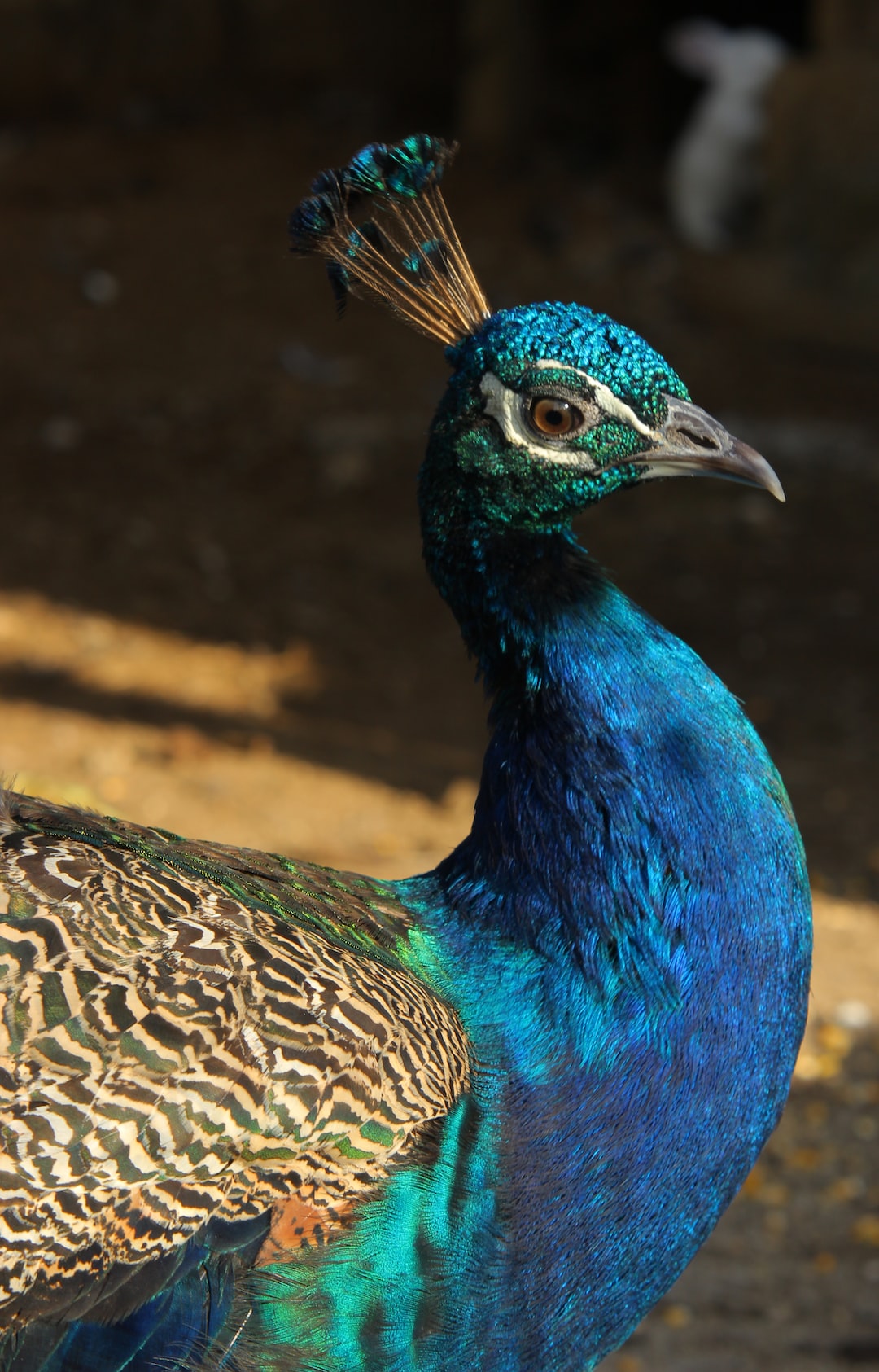The Relationship Between Animals and Humans in Ancient Mythology
Throughout history, animals have held a special place in the hearts and minds of humans. Ancient mythology is filled with countless tales and legends that depict the unique bond between animals and humans. These stories not only serve as a window into the beliefs and values of ancient cultures, but also offer important lessons and insights into the human condition.
In ancient mythology, animals often took on a mythical aura, embodying powerful forces of nature or symbolizing specific virtues. For example, in Greek mythology, the majestic eagle was associated with Zeus, the king of the gods, and represented his authority and supremacy. Similarly, the owl was revered in ancient Greek culture for its wisdom and knowledge, embodying the wisdom of the goddess Athena. These symbols and associations reflected the qualities that humans aspired to possess and served as a source of inspiration and guidance.
Furthermore, animals played significant roles in the creation myths of many ancient cultures. In Egyptian mythology, the god Ra was often depicted as a hawk or a falcon, representing his power as the sun god. In Hindu mythology, the deity Vishnu took the form of various animals, including a fish, a turtle, and a boar, in order to preserve and protect the world from destruction. These myths emphasized the interconnectedness between humans and animals, highlighting the belief that all living beings are interconnected and dependent on each other.
Ancient mythology also frequently portrayed animals as divine messengers or guardians. In Norse mythology, ravens were associated with Odin, the chief god, and were believed to bring news and wisdom from the gods to humans. Similarly, the phoenix in Egyptian mythology was a symbol of resurrection and immortality. These tales underscored the belief that animals possessed a deeper knowledge and understanding of the world, and that their interactions with humans had profound significance.
Moreover, ancient mythology often depicted humans forming deep emotional and spiritual connections with animals. In many Native American creation stories, animals were viewed as spiritual beings and were believed to possess sacred powers. Humans, therefore, sought to establish a respectful relationship with nature, treating animals as equals and coexisting harmoniously. This reverence for animals and the natural world is an important lesson that ancient mythology imparts to modern society, reminding us of the need to reconnect with and respect the environment.
However, it is important to note that ancient mythology was not limited to positive portrayals of animals. Some myths depicted animals as cunning and deceitful, symbolizing negative qualities. For instance, in Greek mythology, the serpent was often associated with malevolence, representing deceit and temptation. These negative connotations reflect an inherent understanding of the dual nature of animals and humans alike, highlighting the capacity for both good and evil within each entity.
In conclusion, the relationship between animals and humans in ancient mythology was complex and multifaceted, reflecting the deep-seated beliefs and values of different cultures. Animals were seen as symbolic representations of power, wisdom, and divine forces, and were often depicted as messengers or guardians. Furthermore, these tales emphasized the interconnectedness between all living beings and underscored the need for humans to live in harmony with nature. Ancient mythology serves as a powerful reminder of the enduring bond between animals and humans, and the profound impact that this relationship has on the human experience.
